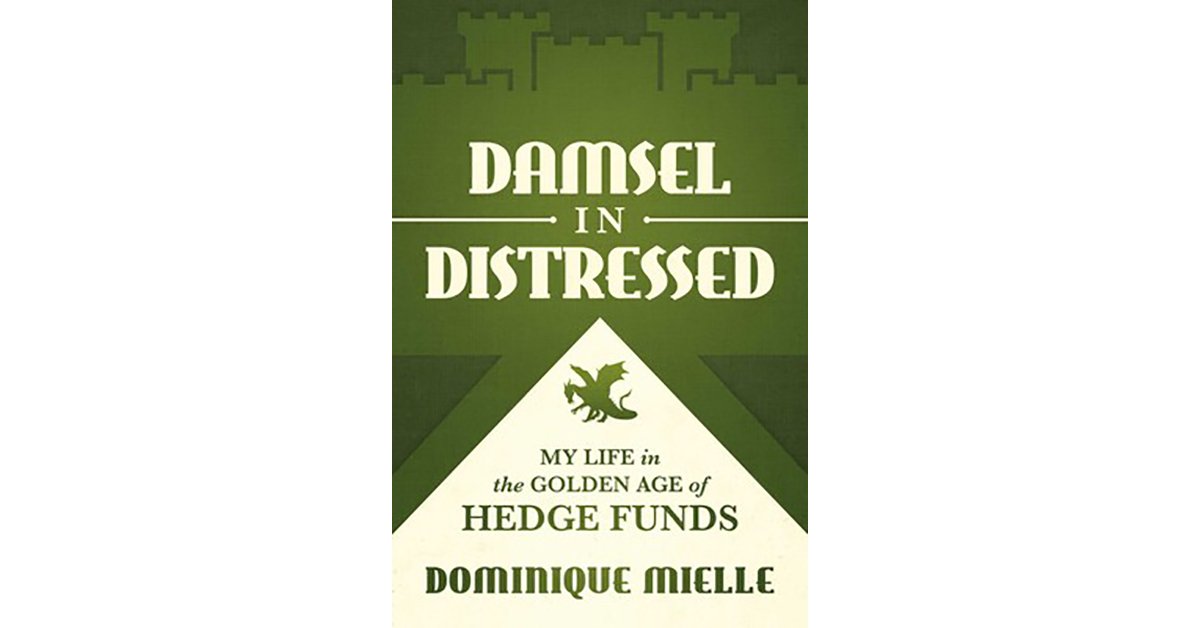Key Points:
- Damsel in Distressed by Dominique Mielle is an enchanting memoir about her life as a successful hedge fund professional and leader.
- Mielle’s career at Canyon Partners spanned 20 years, during which she navigated investing challenges and identified untapped opportunities.
- The book provides a unique perspective on the evolution of the hedge fund industry and the challenges it faced with regulatory compliance.
- Mielle’s creativity and risk assessment skills allowed her to find profitable opportunities in uncorrelated markets.
- The book highlights how the glory days of hedge fund investing have passed, as increased fund size and competition led to a focus on asset growth rather than return.
In Damsel in Distressed, Dominique Mielle takes readers on a captivating journey through her career in the hedge fund industry. Starting from her early years as an investment banker and her decision to attend business school at Stanford, Mielle shares her experiences and insights as she rose to the top of her field.
Mielle’s tenure at Canyon Partners, LLC exposed her to a multitude of investing challenges, including the wild ride of the late 1990s and the global financial crisis of 2007–2008. Despite these obstacles, Mielle’s unique ability to identify opportunities where others couldn’t set her apart from her peers.
Throughout the book, Mielle recounts stories of her analysis across various industries and through multiple bankruptcies. Her relentless pursuit of financial creativity and risk assessment allowed her to identify situations that were uncorrelated with market trends and interest rates. Mielle’s ability to think outside the box and present her hypotheses to Canyon’s management resulted in the creation of profitable institutional products.
Moreover, Mielle provides valuable perspective on the hedge fund industry’s evolution. She delves into the emergence of hedge funds in the early 1990s and the factors that contributed to their rapid growth. Mielle highlights how hedge funds thrived on market and information inefficiencies, with a nod to the pre-EDGAR times when timely access to filings was a competitive advantage.
The book also explores the challenges faced by hedge fund industry players as regulatory compliance evolved over time. Mielle discusses the impact of Regulation FD in 2000 and the Dodd-Frank Wall Street Reform and Consumer Protection Act of 2010. She specifically addresses how the latter legislation affected collateralized loan obligation (CLO) structures, and how she found a solution by inventing the capitalized manager vehicle (CMV) to preserve CLO integrity and profitability.
However, one of the recurring themes in the book is the decline of the hedge fund industry’s glory days. Mielle attributes this to the fact that, as hedge funds grew in size, their ability to outperform the market diminished. Increased competition also led to investors demanding more advantageous performance-based fees. This shift in focus from outperformance to asset growth ultimately impacted hedge fund returns.
Despite the challenges faced, Mielle’s memoir is filled with vivid stories and personal anecdotes that keep readers engaged. From encountering Bill Sharpe during her time at Stanford to her experiences in Brest, France, Mielle’s resilience and good humor shine through.
In conclusion, Damsel in Distressed is an exceptional memoir that offers an authentic and firsthand account of the hedge fund industry’s evolution. Dominique Mielle’s unique perspective as a successful female leader in the industry adds depth and insight to the narrative. Readers will gain valuable knowledge about hedge fund investing and the challenges faced by professionals in the field.
Note: The opinions expressed in this book review are solely those of the author and do not constitute investment advice or reflect the views of CFA Institute or the author’s employer.







